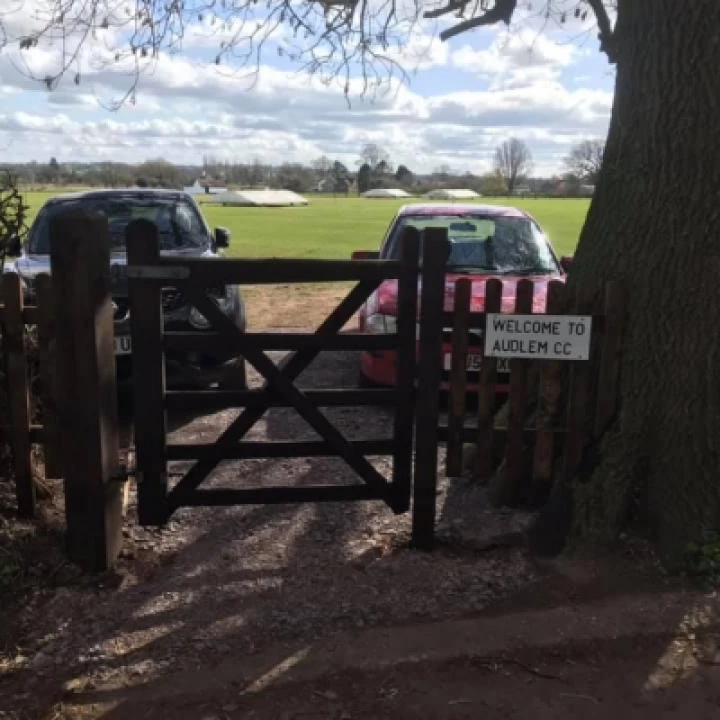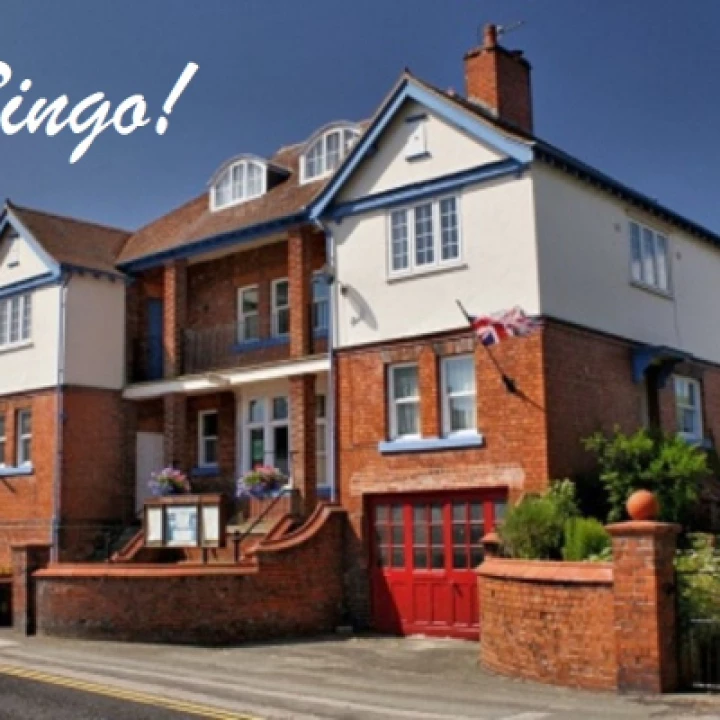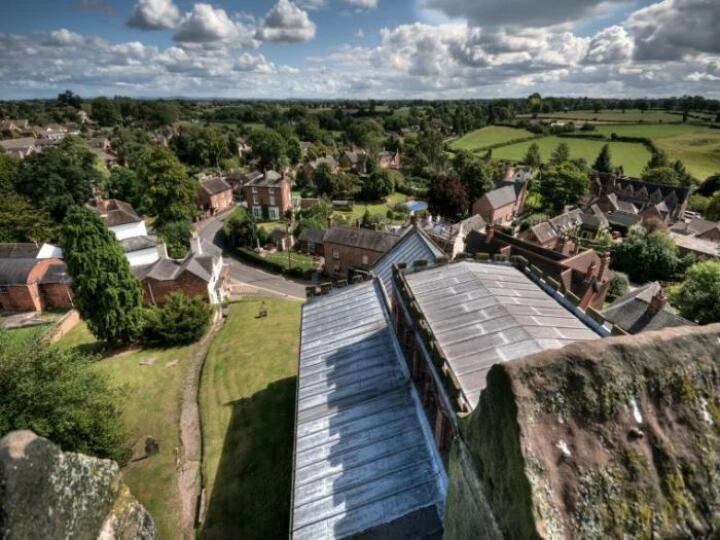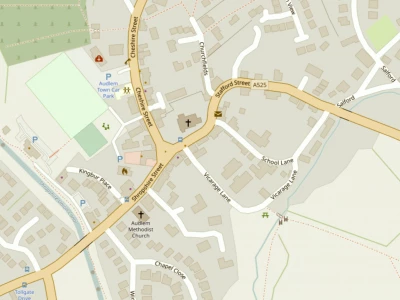







Synod of Whitby 12th of April 664 AD
The significance of what we now call the Synod of Whitby is perhaps less what it actually decided, than how it was viewed and even used in subsequent times. Our information about the event is decidedly shaky – based on the writings of perhaps 50 or more years later. It is not even sure if the venue, stated as Streonshalh, was St Hilda's monastery at Whitby , or possibly another place entirely, Strenshall near York being just one possibility.
Two matters of Church doctrine were discussed at the synod: the lesser was the correct tonsure for monks; of far greater moment was the timing of the great Christian festival of Easter. In Northumbria at that time two Church traditions were in competition: that of Rome and Iona. The Ionans were already in a weak position, with other parts of the Irish/Celtic Church following the Roman timing of Easter; they had also been expelled from the monastery of Ripon , which was passed to Wilfrid, who was the main spokesperson for Rome at the Whitby gathering.
King Oswiu of Northumbria decided in favour of Rome, on the basis that St Peter's authority was unshakeable and he was the first Bishop of Rome. It is likely that politics influenced his decision, as the Roman Church already enjoyed greater power and influence in other parts of England than the Ionan.
Effective unification of the Church in England followed not long after Whitby, driven by Theodore of Tarsus, Archbishop of Canterbury , after his arrival in 669, culminating in the pan-English Synod of Hertford in 672.
Who was the great English historian who wrote about the Synod of Whitby in 731 AD?
Click here for the answer
The Venerable Bede
This article is from our news archive. As a result pictures or videos originally associated with it may have been removed and some of the content may no longer be accurate or relevant.
Get In Touch
AudlemOnline is powered by our active community.
Please send us your news and views using the button below:
Email: editor@audlem.org


